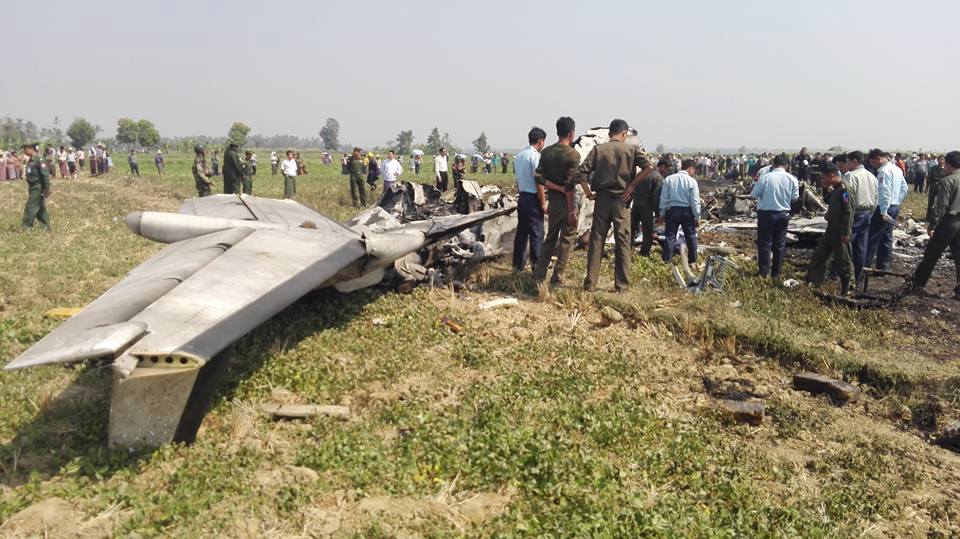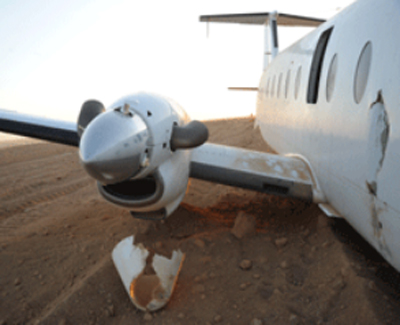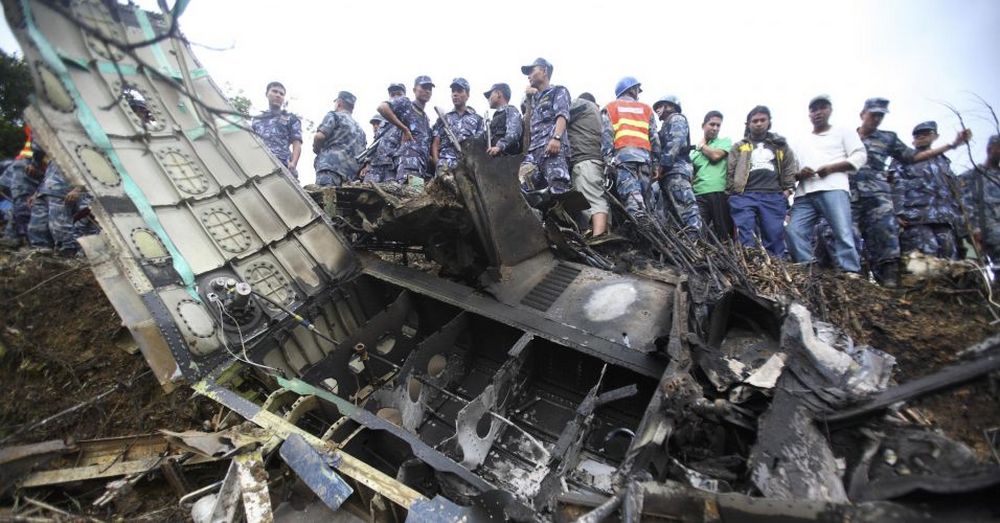Crash of a Beechcraft 1900D in Naypyidaw: 5 killed
Date & Time:
Feb 10, 2016 at 0940 LT
Registration:
4601
Survivors:
No
Schedule:
Naypyidaw – Namhsan
MSN:
UE-177
YOM:
1995
Crew on board:
2
Crew fatalities:
Pax on board:
3
Pax fatalities:
Other fatalities:
Total fatalities:
5
Circumstances:
Shortly after takeoff from Naypyidaw Airport, while climbing to an altitude of about 500 feet, the aircraft entered an uncontrolled descent and crashed in an open field located 600 metres past the runway end, bursting into flames. Four occupants were killed while a passenger was seriously injured and evacuated to a local hospital. He died from his injuries few hours later. Used for emergency flights, the airplane was carrying three officers to Namhsan, Shan State, to assist with the aftermath of a fire there. Those officers who were killed were Major Aung Kyaw Moe, Captain Aung Paing Soe and Captain Htin Kyaw Soe.

































